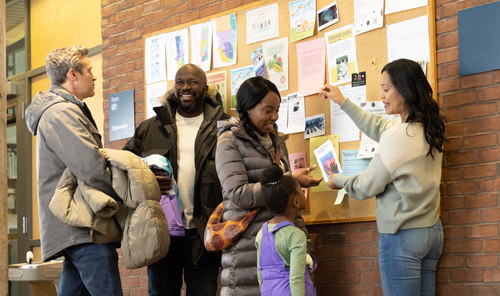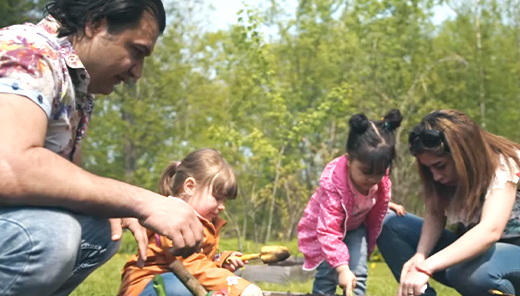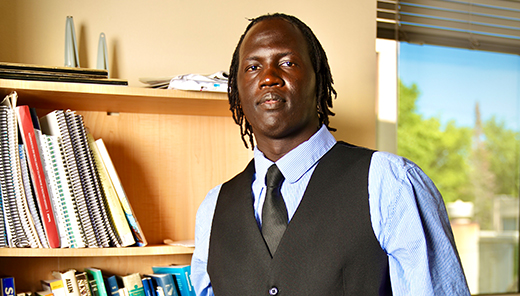Welcoming communities
People come to Canada for many reasons. No matter where they’re from or why they’re here, a warm Canadian welcome can make a difference. Help make your neighbourhood a better place for everyone to live.
Get involved
A warm welcome
This video is also available in HD on YouTube. Share it on your social network or embed it into your site.
- Celebrate the Canadian spirit of hospitality! The Welcoming Toolkit gives you ready-to-use content to highlight contributions of immigrants and welcome newcomers so our economy and communities can thrive.
- Match with a newcomer and help them settle in to their new community.
- Share information about your community and local services.
- Introduce newcomers to others with common interests to help build networks.
- Donate second-hand clothing and furniture.
- Share a favourite Canadian pastime.
- Learn about their culture and heritage, and share your own and the community’s culture and heritage.
- Invite a newcomer to a local sporting event.
- Encourage others in your community to engage with newcomers.
- Contact a settlement organization near you to start welcoming newcomers, including refugees.
- Take part in our citizenship by going to a citizenship ceremony.
- Connect with local charities to learn how you can help.
“It's about making the community more diverse. A more diverse community is a more intelligent, sophisticated and empathetic community.”
Learn
- Part of becoming more welcoming is understanding how we select, screen and set up immigrants for success in Canada. Find out how Canada’s immigration system works.
- Immigrants help grow Canada’s future. Learn more about how immigrants contribute to different sectors like sports, business and health care.
- Read what the research says about how Canada’s immigration system works for all of us.

Celebrate
- Share stories of immigrants enriching our communities on your personal social media channels.

Bringing communities and cultures together through Bhangra
By dancing Bhangra against the backdrop of beautiful Yukon, Gurdeep Pandher is celebrating life and promoting tourism to the territory.

Strengthening a community through refugee sponsorship
When 3 Quebec villages sponsored the first refugee family to the area, they wanted to help Maykil, Zena and Malak Toma find a new home. What they didn’t expect was the renewed community spirit that would arrive with their new neighbours.

From violence to violins: Teaching children life skills through music
Acclaimed violinist Moshe Hammer founded The Hammer Band, a not-for-profit Toronto charity offering free violin lessons to kids in under-resourced communities. His goal? To help children lead positive lives through the power of music.

Bridging cultures to change lives
Mandela Kuet, a passionate believer in the power of personal development, started an organization that supports at-risk youth who want to stay out of gangs. He’s also teamed up with an Indigenous activist to build bonds between Winnipeg’s newcomer and Indigenous communities.